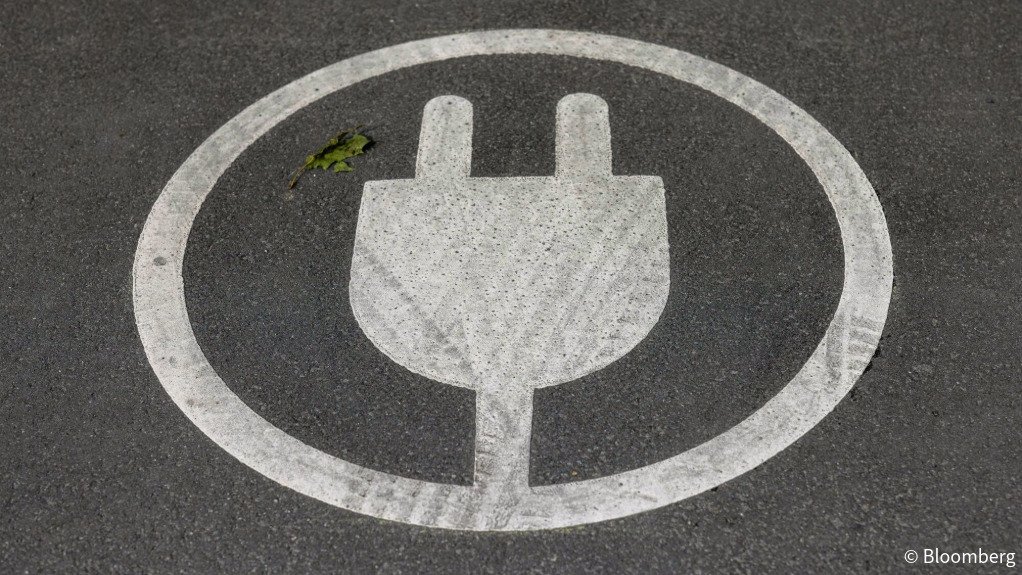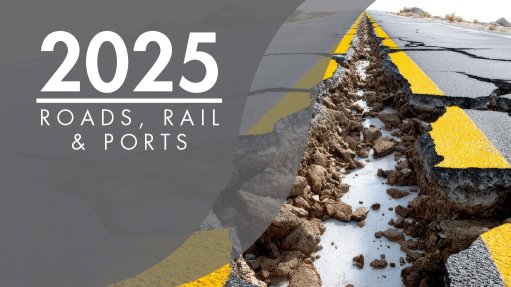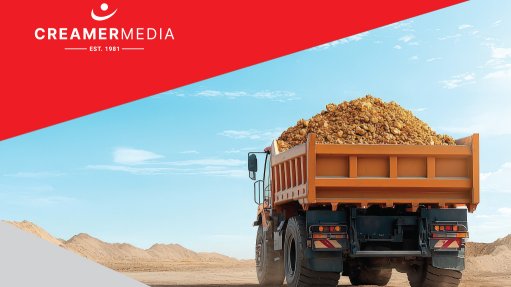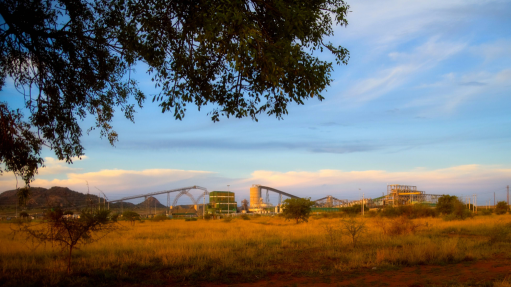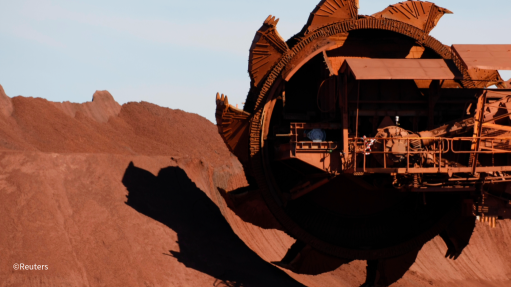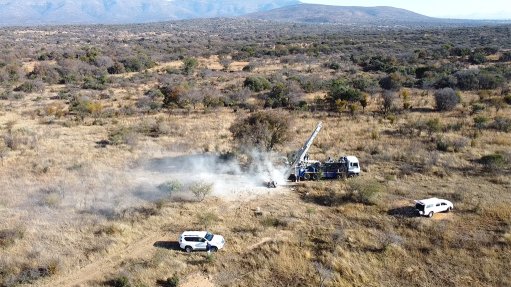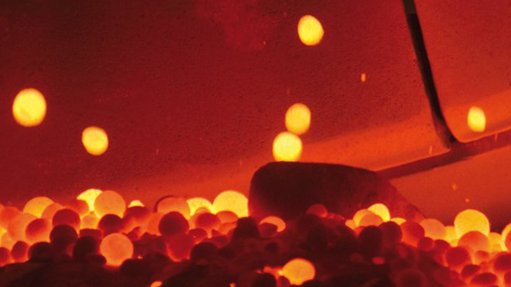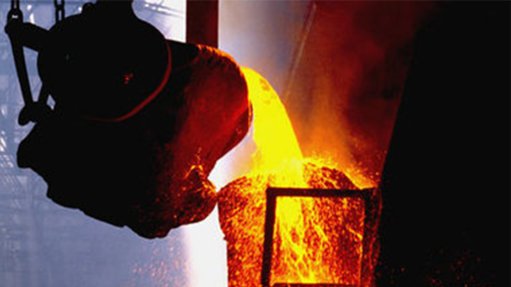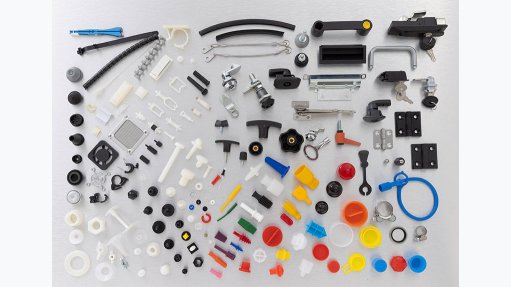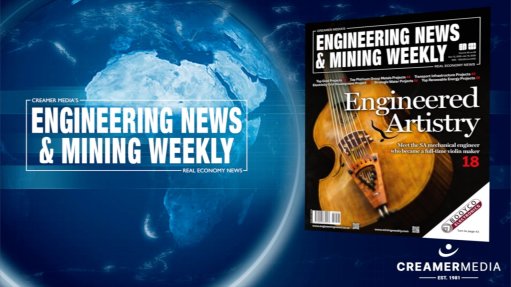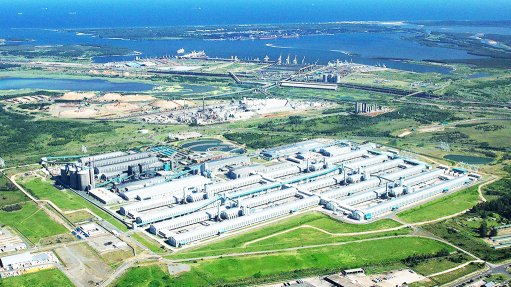Battery minerals demand expected to outpace supply – McKinsey
Demand for battery raw materials will outpace base-case supply for certain materials, requiring additional investment and leading to fear of shortages and price volatility, among other challenges, strategy and management consulting company McKinsey projects.
The fast-growing demand for batteries, for example from the automotive and energy sectors, has caused unprecedented levels of investment by raw materials producers and battery manufacturers.
However, based on current market observations, battery manufacturers can expect challenges securing supply of several essential battery raw materials by 2030, McKinsey notes in its ‘Toward security in sustainable battery raw material supply’ report.
Battery producers use more than 80% of all lithium mined today. This share could grow to 95% by 2030. Some of the announced supply growth is supported by the adoption of direct lithium extraction technology, which is a cost-efficient source of lithium that unlocks large, previously inaccessible deposits.
With technological advancements shifting in favour of lithium-heavy batteries, lithium mining will need to increase substantially to meet 2030 demand, McKinsey estimates.
“The net-zero transition will require vast amounts of raw materials to support the development and roll-out of low-carbon technologies.”
Battery electric vehicles (BEVs) will play a central role in the pathway to net zero. McKinsey estimates that worldwide demand for passenger cars in the BEV segment will grow sixfold from 2021 to 2030, with annual unit sales increasing to roughly 28-million from 4.5-million.
“For producers of battery cells and raw materials, ensuring a reliable and ample supply of sustainable and affordable materials will be crucial to their competitiveness, the ongoing roll-out of BEVs, and the net-zero transition overall,” says McKinsey.
Because the adoption of BEVs is central to the decarbonisation of the transport segment of the economy, it is vital to reduce greenhouse-gas emissions along the full value chain. On average, about 40% of battery emissions stem from upstream raw materials mining and refining processes.
Over time, as the industry reduces emissions from the most emission-intensive materials, the relative emissions intensity of smaller materials will increase.
However, decarbonisation efforts already under way are estimated to substantially reduce emissions from lithium by 50%, nickel by 50%, and aluminium by 70%, thereby earning them a low-carbon classification, the report says.
“If these reductions are achieved, then manganese’s contribution to total remaining emissions could nearly double. Targeted abatement strategies, based on a solid understanding of emissions sources and decarbonisation levers, will be required across all materials used.”
McKinsey identifies opportunities for best-in-class battery producers to substantially reduce emissions over two horizons by taking actions to decarbonise in each step of the value chain.
By 2030, which is horizon one, producers could potentially reduce emissions by more than 70%, to less than 24 kilograms of CO2 equivalent per kilowatt-hour (kg CO2e/kWh). By 2040, which is horizon two, they could further reduce emissions to less than 12 kg CO2e/kWh.
Most ambitious battery makers have set goals to reach 10 kg CO2e/kWh as early as 2030.
Further, despite the expected rise in battery materials demand, 2024 has been a challenging year for the industry, owing to the slowdown of economic growth and pressure on price levels, especially for battery materials, such as nickel and lithium.
Although overall demand for batteries and raw materials is increasing rapidly, supply is and will remain largely concentrated in a few naturally endowed countries, including Indonesia for nickel; Argentina, Bolivia, and Chile for lithium; and the DRC for cobalt.
Refining typically takes place elsewhere, often in China for cobalt and lithium, Indonesia for nickel, and Brazil for niobium.
This value chain setup poses additional considerations for regions like the European Union (EU) and the US, both of which have high demand for imported materials and often rely heavily on single-country sources.
Article Enquiry
Email Article
Save Article
Feedback
To advertise email advertising@creamermedia.co.za or click here
Press Office
Announcements
What's On
Subscribe to improve your user experience...
Option 1 (equivalent of R125 a month):
Receive a weekly copy of Creamer Media's Engineering News & Mining Weekly magazine
(print copy for those in South Africa and e-magazine for those outside of South Africa)
Receive daily email newsletters
Access to full search results
Access archive of magazine back copies
Access to Projects in Progress
Access to ONE Research Report of your choice in PDF format
Option 2 (equivalent of R375 a month):
All benefits from Option 1
PLUS
Access to Creamer Media's Research Channel Africa for ALL Research Reports, in PDF format, on various industrial and mining sectors
including Electricity; Water; Energy Transition; Hydrogen; Roads, Rail and Ports; Coal; Gold; Platinum; Battery Metals; etc.
Already a subscriber?
Forgotten your password?
Receive weekly copy of Creamer Media's Engineering News & Mining Weekly magazine (print copy for those in South Africa and e-magazine for those outside of South Africa)
➕
Recieve daily email newsletters
➕
Access to full search results
➕
Access archive of magazine back copies
➕
Access to Projects in Progress
➕
Access to ONE Research Report of your choice in PDF format
RESEARCH CHANNEL AFRICA
R4500 (equivalent of R375 a month)
SUBSCRIBEAll benefits from Option 1
➕
Access to Creamer Media's Research Channel Africa for ALL Research Reports on various industrial and mining sectors, in PDF format, including on:
Electricity
➕
Water
➕
Energy Transition
➕
Hydrogen
➕
Roads, Rail and Ports
➕
Coal
➕
Gold
➕
Platinum
➕
Battery Metals
➕
etc.
Receive all benefits from Option 1 or Option 2 delivered to numerous people at your company
➕
Multiple User names and Passwords for simultaneous log-ins
➕
Intranet integration access to all in your organisation



